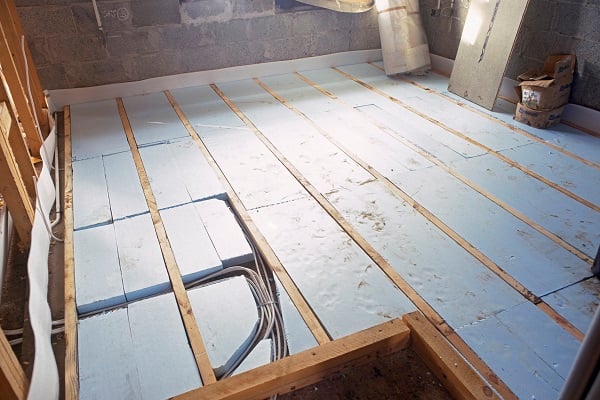Are you planning to install a new air conditioning system? Do you already have a specific type in mind, or perhaps you are still having trouble finding one? Well, worry no more – this air conditioning installation guide can help you big time.
It holds true that the process of selecting a brand new air conditioning system can be both confusing and stressful, especially if you have no idea where to start. And considering the different types of air conditioners out there, the choices will surely overwhelm you. What is more, the process could be daunting if you are under a time constraint.
To help you in this journey, here are the 5 types of air conditioning systems. Understand each of them, so you can make an informed decision.
- Wall mounted air conditioner
Wall mounted air conditioner have become a thing these days. Homeowners are beginning to install this system on their home, as they try to introduce a more modern look. If you plan to install a wall mounted air conditioner, make sure to mount it at a high-level on a wall. However, keep in mind that this system is ideal only for smaller areas, such as offices, bedrooms, shops, server rooms, and living rooms, among others.
It must be installed in a position that it can significantly supply the area with an even air flow. What you will love about it is quiet operation. Its ability to make almost no sound is great for people looking to sleep soundly with the unit turned on.
- Central air conditioning
Now, if your plan is to cool a large area or the entire house, the central air conditioning system is the answer. Of all the different types of air conditioner systems listed here, this one is perfect for larger properties. Why exactly? Well, that is because it is efficient enough to provide much-needed cooling. Central air conditioners work by circulating cool air through its supply and return ducts. As soon as the air starts to become warm, it gets circulated right back into the supply ducts and registers. From there, it will be taken back to the unit.
Unlike a window air conditioner, this one right here is not an easy task to do. You really have to have a plan for its installation. Even more so, you need to be prepared for the process. If you neglect these areas, the functionality of the system can be compromised. For instance, you install a system that is the wrong size. Not only is it unable to provide you with satisfactory performance, but it could also result in higher electricity bills.
- Ductless, mini-split air conditioner
Ductless, mini-split air conditioning systems are usually installed in parts of a property that have been retrofitted. And the same with the central air conditioning system, this type comes with an outdoor compressor/condenser, not to mention a specialized indoor handling unit.
If your goal is to provide cooling in your home’s individual rooms, then this system is the right fit. Most ductless, mini-split systems nowadays are capable of offering you a maximum of four indoor handling units, all of which are strategically attached to the outdoor unit.
- Portable air conditioner
Known as the next generator of window units, portable air conditioners are becoming a new trend. This type of air conditioning system takes in air from an area and cools it. Once the process is complete, it subsequently directs the air back into the area. The unit then starts venting any warm air outside through a process of using an exhaust hose, one that is directly installed in a window.
Much like the window air conditioning system, this one right here is designed to cool a single room only. But its huge advantage is its portability. Meaning, the system is so easy to install that it will not take up much of your time. Above all, it is known for its affordability!
- Hybrid air conditioners
A hybrid air conditioner is equipped with a system that can intelligently choose between two energy sources, allowing it to save both energy and money. To put it simply, it is a perfect choice if you do not want to be burdened by rising energy prices. During summer, the heat pump works as normal as it does, which is to pull heat away from your home and distribute it outside. But when winter comes, the unit works in a reverse manner.






Leave a Comment